DONATO DI ZIO INSIDE THE POOL – MUSEO D’ARTE MODERNA VITTORIA COLONNA – PESCARA
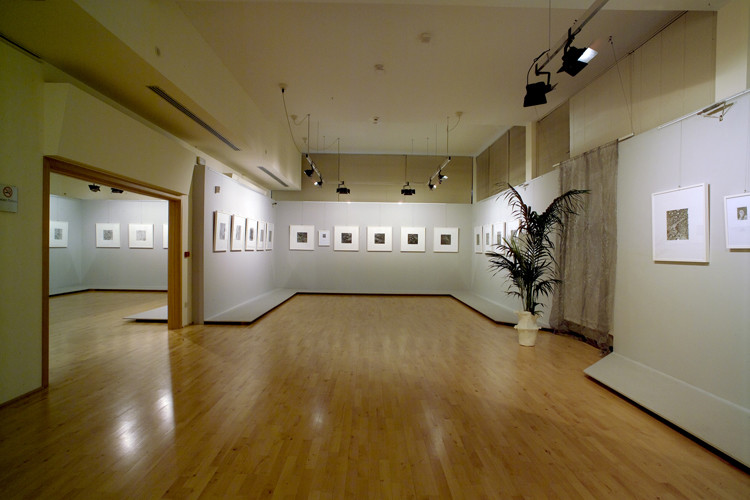

Donato Di Zio inside the “Pool”
Museo d’Arte Moderna Vittoria Colonna – Pescara (Italy)
February 15 – March 5, 2006
Text by Gillo Dorfles
Who knows if Donato Di Zio, from the “pool” in which for years, he has always been immersed will ever finally reach the shore? Or maybe he already has arrived? At least the “ aesthetic shore “ apparent in his art works, by now well known, never forgets the agitation and the metamorphosis of the dark “pool” from where the works originate.
Because I claim that Di Zio’s long battle – painter, graphic artist, scenographer and costume designer – is aimed in part to attempt to reach a “spontaneous generation“ (naturally “assisted” with care).
The signs which are initially just black ink marks within a two dimensional space, become, and always with greater efficacy, a more complex graphic entity. So much so that the geometric forms, and even vague figurative forms which conserver their identity through signs sometimes exceed their limits, thereby suggesting a narrative aspect (already present in previous periods of his work when black ink was regularly used for even more complex and definitely figurative images, even though they were less representational than his current works).
These current works are actually made up of a cryptic narrative (perhaps mindful of some of the more important sets which Di Zio has accomplished): a narrative that is composed of fleeting levitation of amoeboid forms, to the point of reaching real finisched forms.
The idea of these forms is also always of a vortex, of a knot, of a moiré effect; but it is already possible to sight – at least for those who know the famous “stains” by Rorschach – the evident presence of nucleoli, of spirals, of embryos ready to transform themselves into indecipherable organism and yet still linked to a clear yet cryptic organicity.
The nuclei of these organisms, or the vortices which often surround them, make up part of that galaxy (but it is better to keep to the phrase “pool” which is how the artist defines them) consisting of segments, of lines, of curls, of sweeping marks, giving the impression of wanting to free themselves from this “pool” from where they have originated, in order to obtain their own identity and perhaps in the future to transform themselves into true figurative forms.
It is better, nevertheless, that their growth does not transcend the limits of a only hinted surrealism; and l believe that their fascination – even without any chromatism or dimension – consist the fact in their remaining linked to the “pool” which has seen them germinate and to which – at least for the present time – they remain bound.
Testo critico di Gillo Dorfles scritto in occasione della mostra antologica di Donato Di Zio ospitata negli spazi del Museo D’Arte Moderna Vittoria Colonna di Pescara nel 2006.
Gillo Dorfles

Donato Di Zio dentro al Pelago
Museo d’Arte Moderna Vittoria Colonna – Pescara (Italy)
15 Febbraio – 2 Marzo 2006
Gillo Dorfles (Testo critico catalogo 2006- Museo d’arte Moderna Vittoria Colonna a Pescara)
Chissà se Donato Di Zio, dal “Pelago“ in cui da anni è immerso arriverà finalmente alla “riva”? O, anzi, è forse gia arrivato? Almeno a quella “riva estetica” che si apre alle sue opere, ormai ben affermate, ma non dimentiche del loro agitarsi e metamorfosarsi nell’oscuro “Pelago” che le ha generate.
Giacchè ritengo di poter affermare che la lunga battaglia di Di Zio-al tempo stesso pittore, grafico, scenografo, costumista – è volta in buona parte al tentativo di raggiungere una “generazione spontanea” (naturalmente “assistita” con cura) per ottenere che quelli che sono inizialmente soltanto segni di inchiostro nero entro uno spazio bidimensionale – si vengano sviluppando, con sempre maggiore efficacia, in entità grafiche più complesse, addirittura forme geometriche, e persino vaghe figurazioni che conservino la loro identità segnica, pur sconfinando talvolta verso orizzonti narrativi (che, del resto erano gia presenti – in epoche precedenti – quando l’inchiostro nero veniva spesso utilizzato anche per dar vita a immagini più complesse e decisamente figurative seppure di minore icasticità delle attuali.)
Quella odierna, in realtà, costituisce in definitiva quasi una narrazione criptica (forse ancora memore di alcune delle più importanti scenografie cui ebbe a dedicarsi): una narrazione che consiste nelle fugaci levitazioni di forme ameboidi fino a giungere a vere e proprie strutture in se conchiuse.
La natura di queste strutture è pur sempre quella del vortice, del groviglio, della marezzatura; ma è già possibile scorgere – almeno per chi sia al corrente delle famose “macchie” di Rorschach – l’evidente presenza di nucleoli, di spirali, di embrioni pronti a trasformarsi in organismi indecifrabili eppure apparentati ad una organicità palese anche se criptica.
I nuclei di questi organismi, o i vortici che spesso li accolgono, fanno parte di quella galassia (ma è meglio mantenersi al termine di Pelago con cui l’autore li definisce) fatta di segmenti, di linee, di riccioli, di punteggiature sventaglianti, che danno l’impressione di volersi liberare dal Pelago che le ha originate per ottenere una loro identità autonoma e forse, in futuro, per trasformarsi in vere e proprie figurazioni.
E’ meglio, tuttavia, che la loro crescita non trascenda il limite d’una appena accennata surrealtà; e credo che il loro fascino – anche in assenza d’ogni cromatismo e d’ogni dimensionalità – consista proprio nel rimanere affidate al cupo Pelago che le ha viste germinare, al quale – per ora almeno – devono rimanere avvinte.
Gillo Dorfles

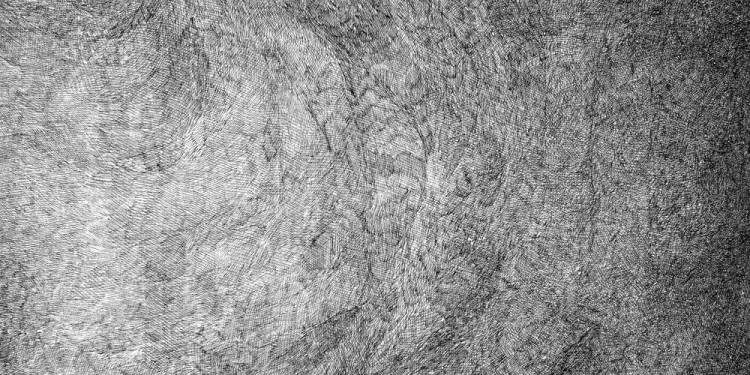
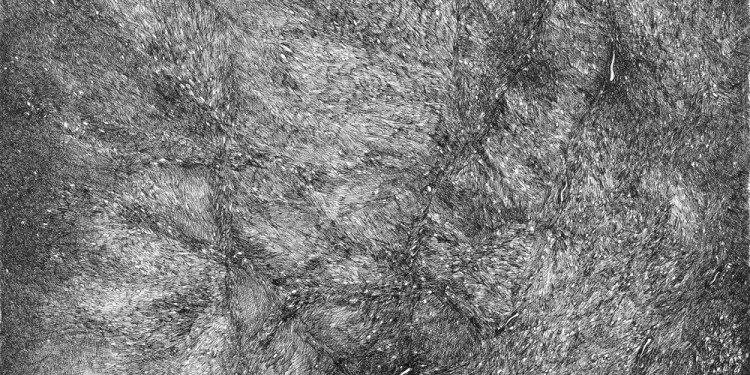
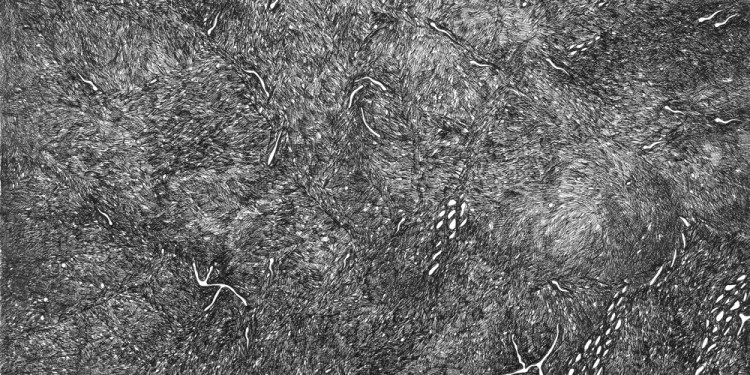
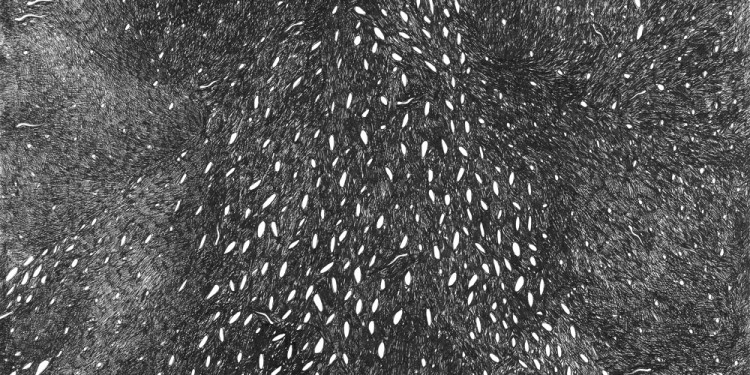
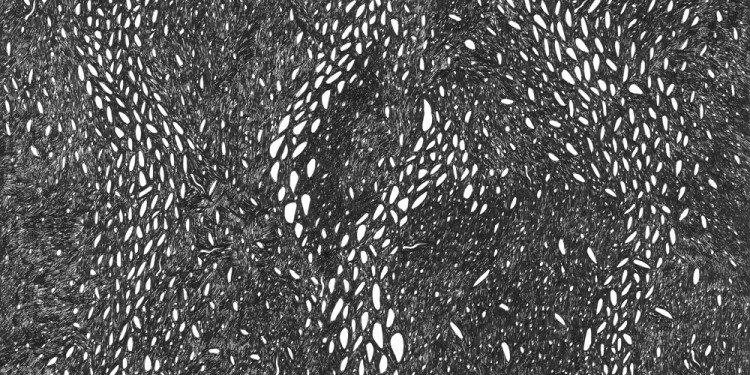
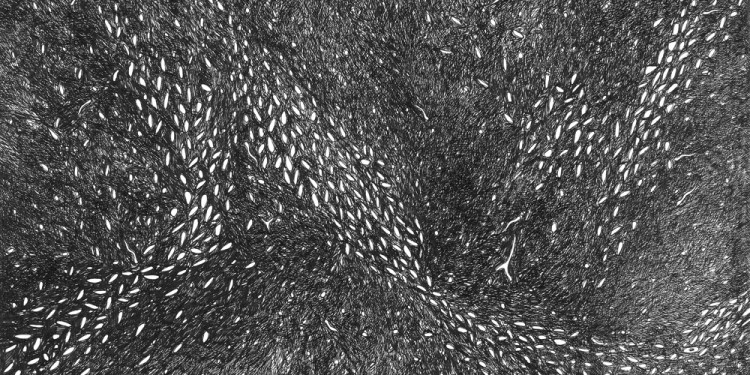
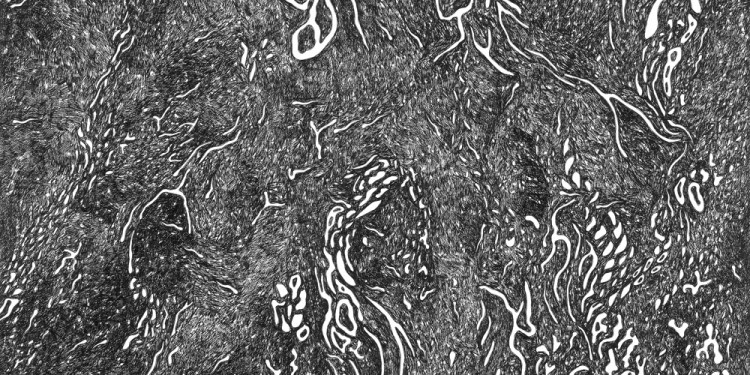
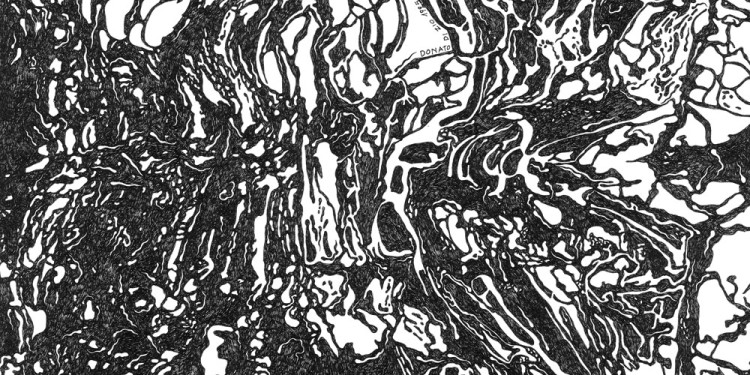
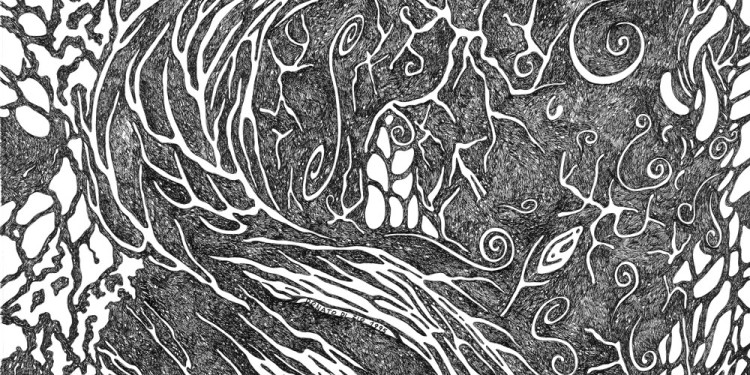
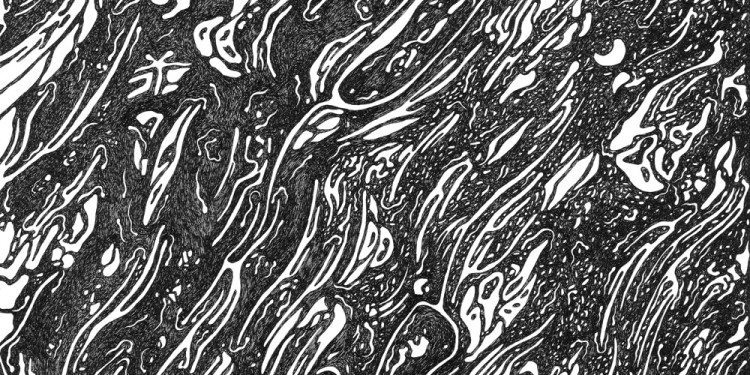
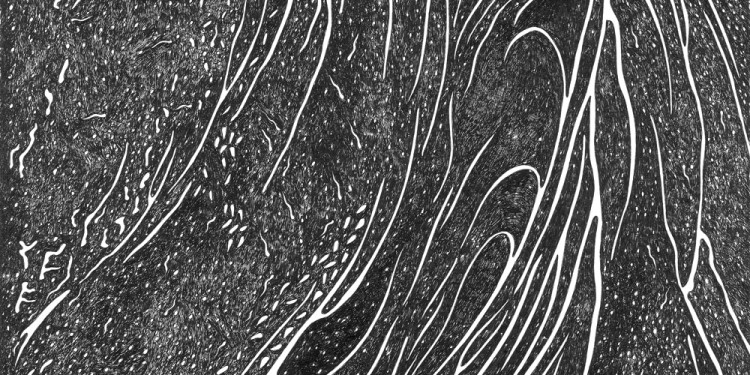
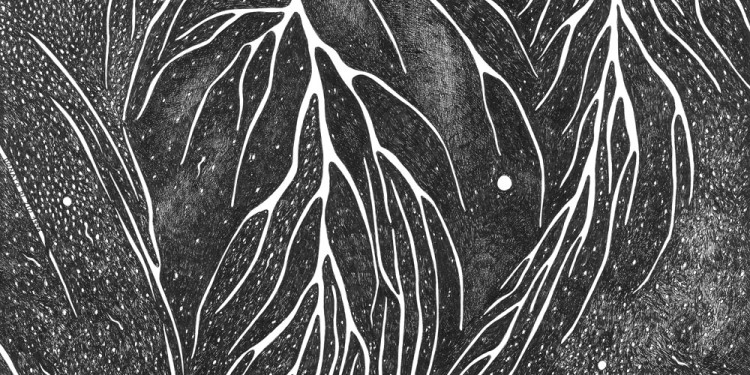
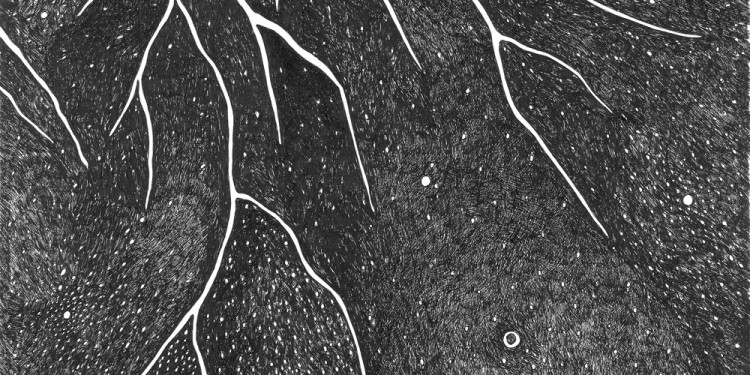

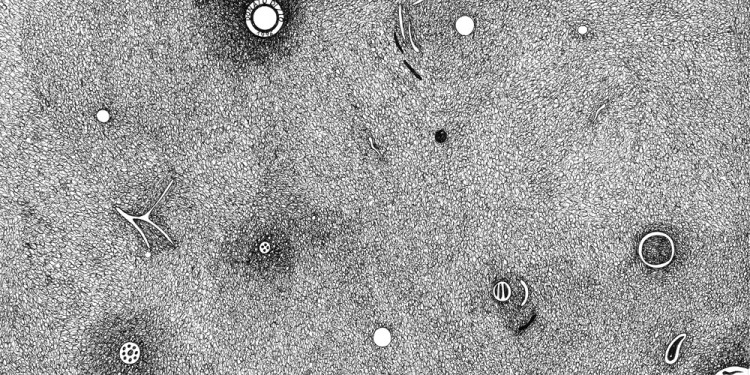
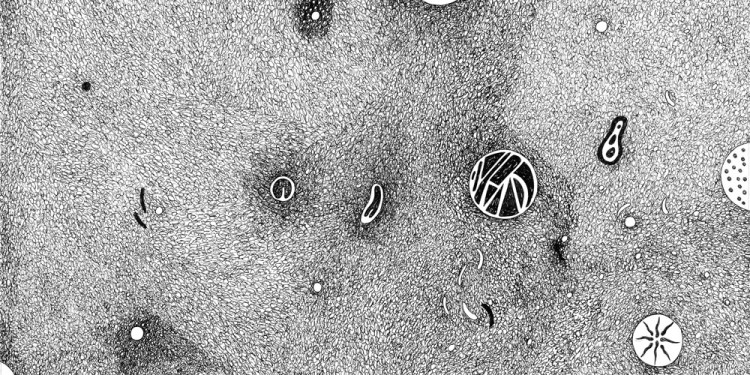
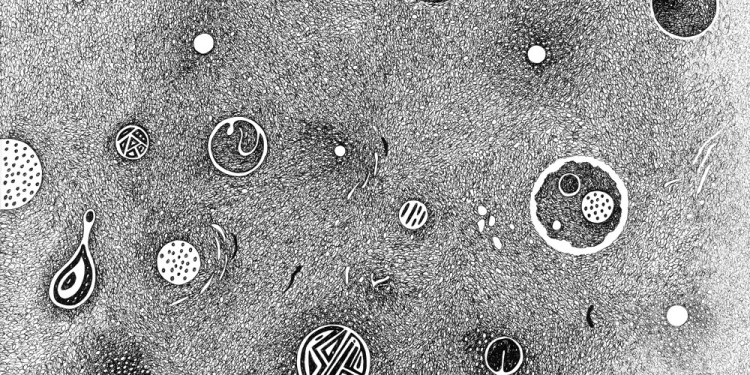
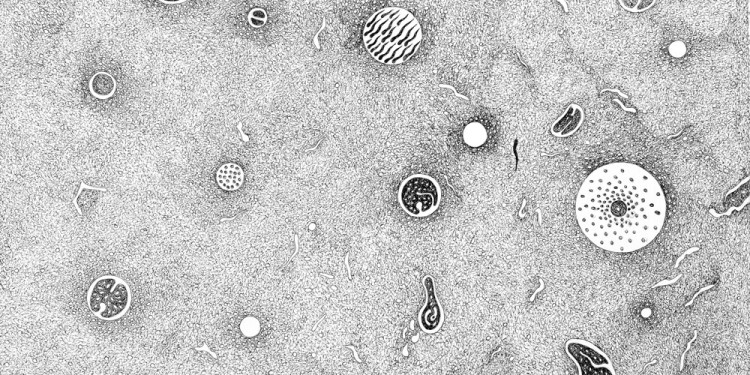
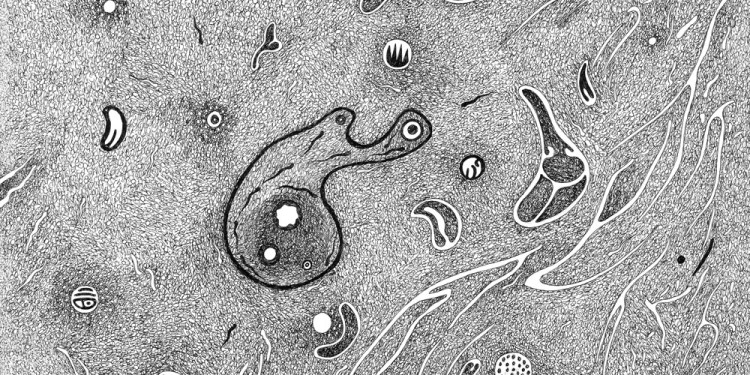
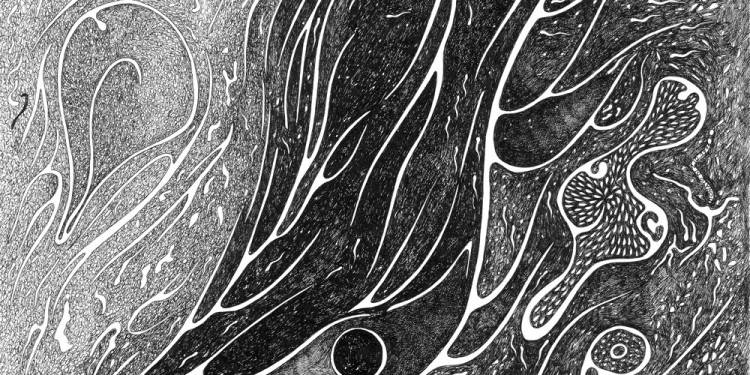
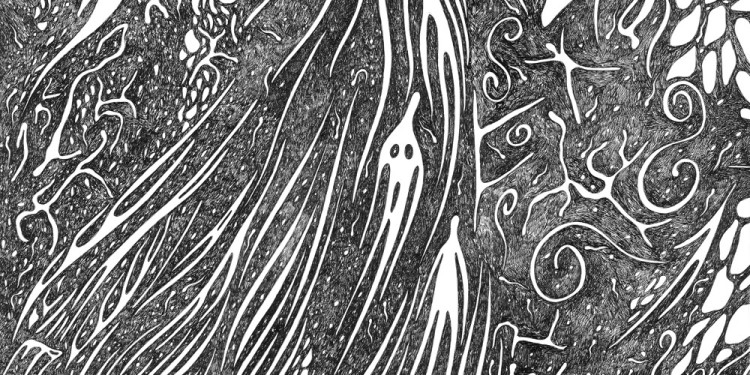
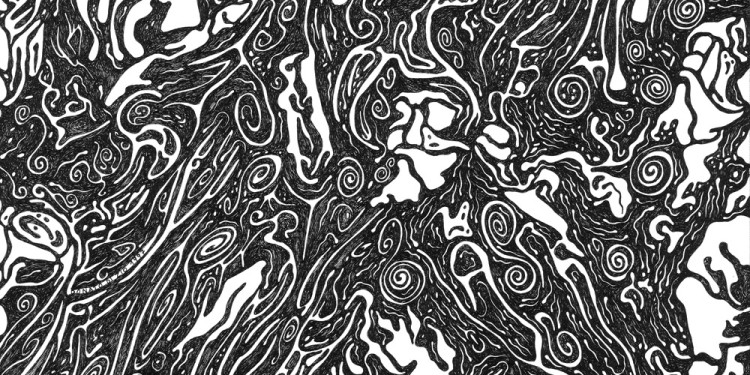
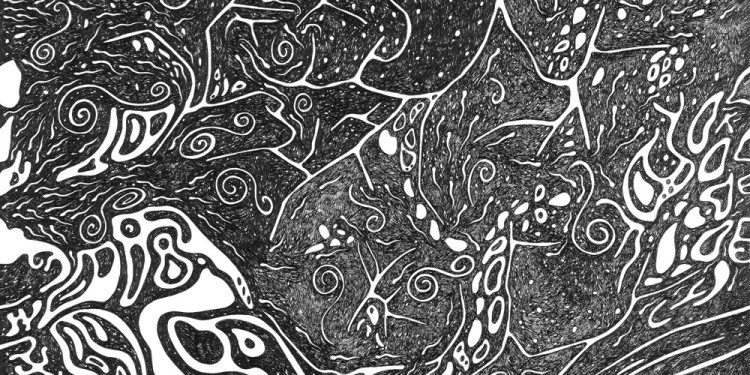
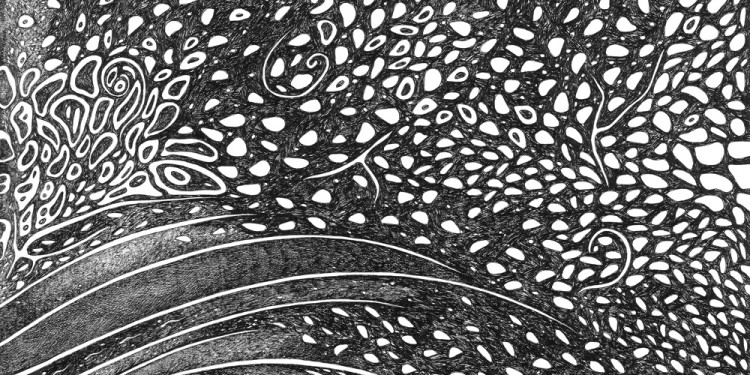
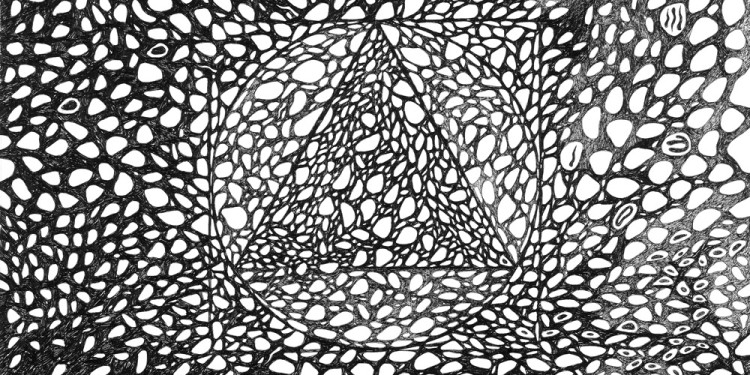
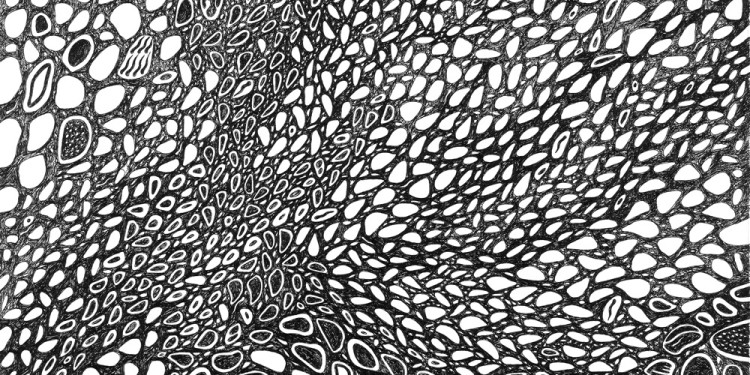
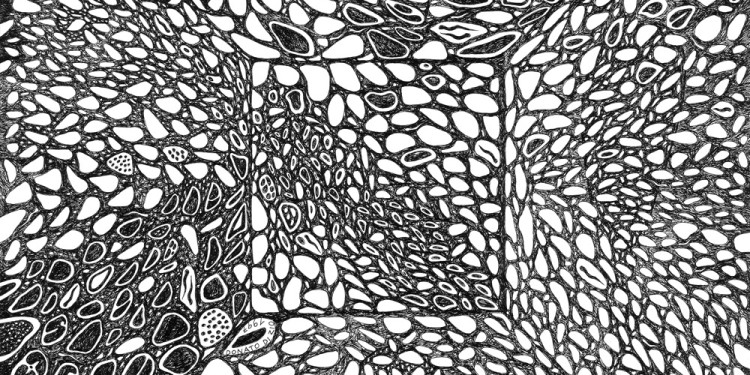
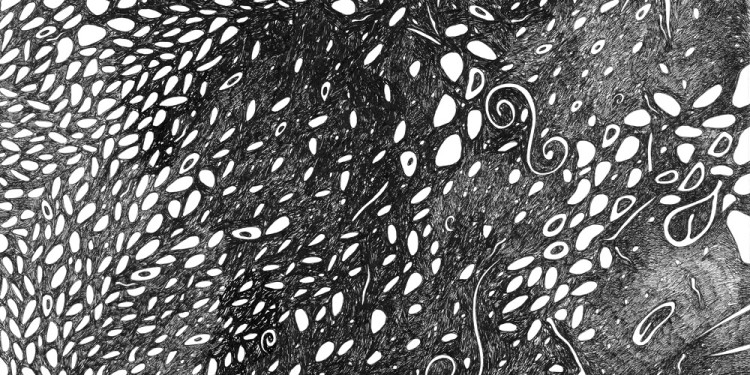
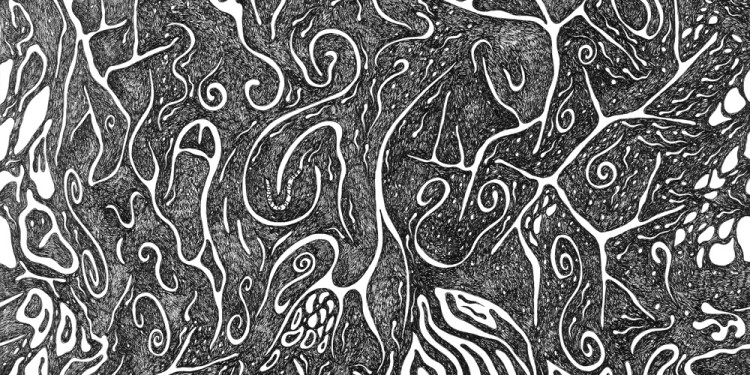
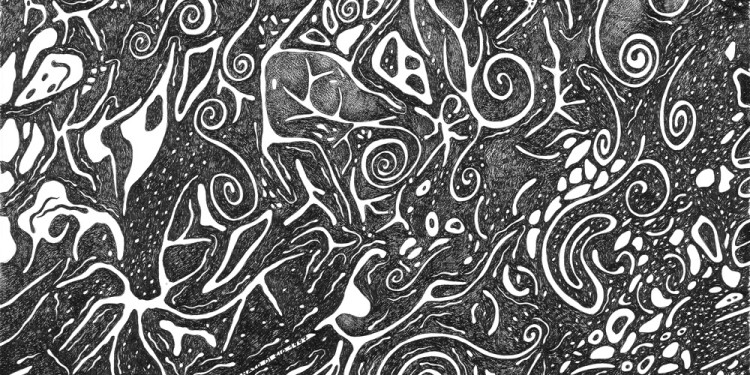
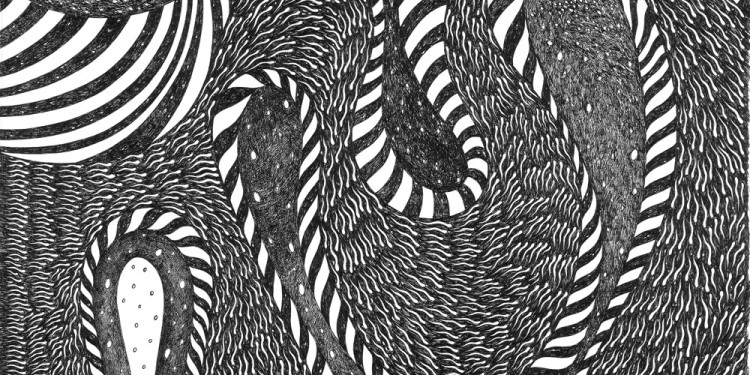
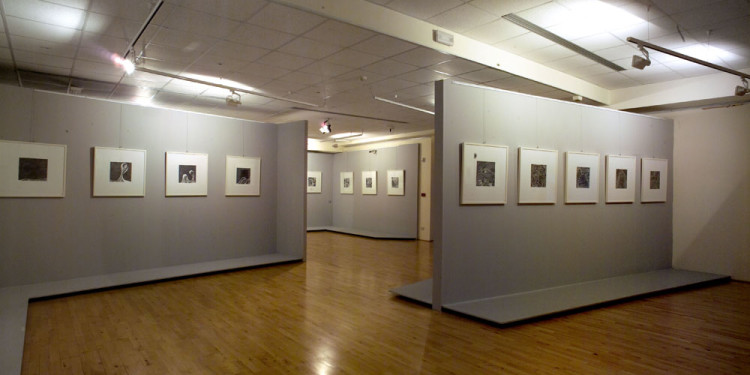
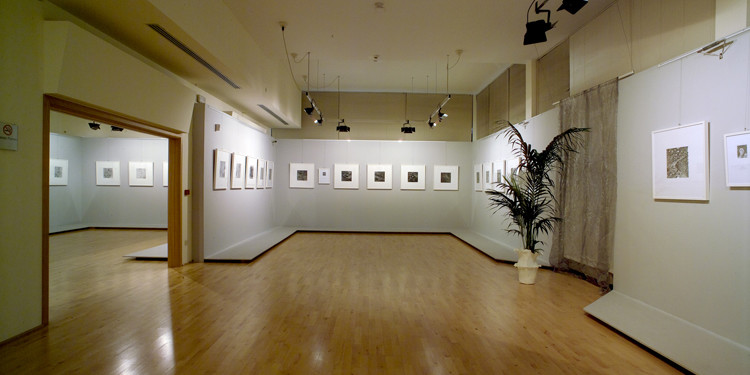
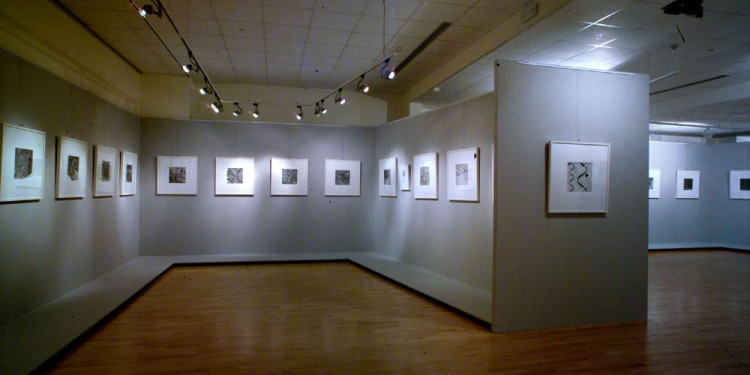
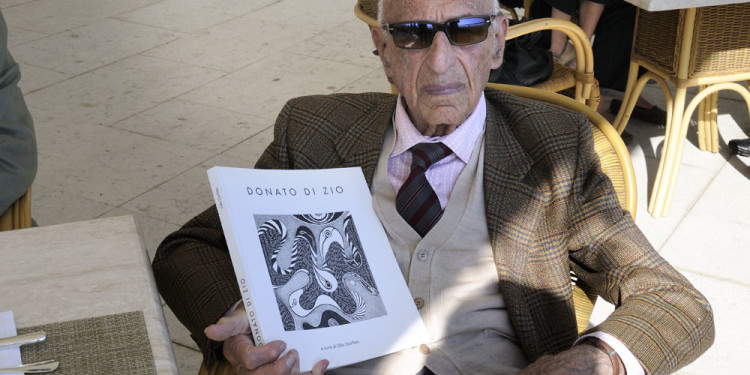
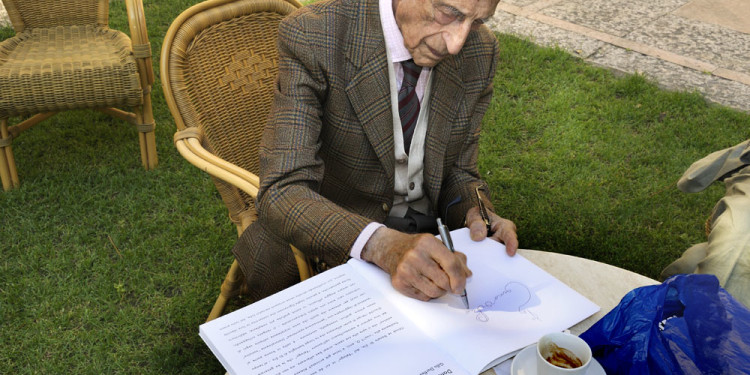
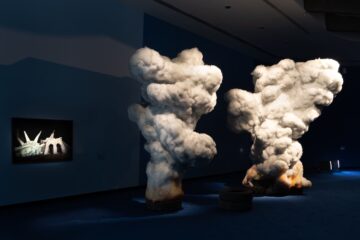


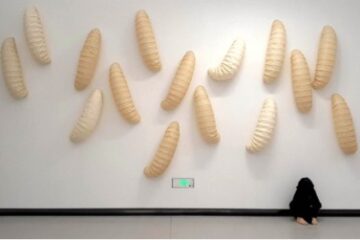
No Comment